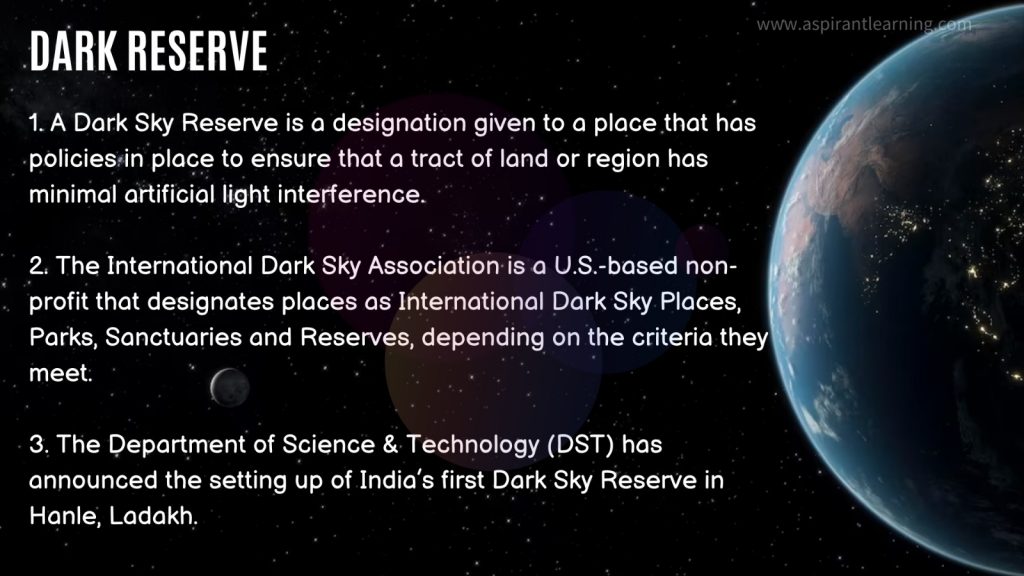News Highlights:
- Night sky enthusiasts will observe a rare phenomenon where Five planets – Mercury, Venus, Mars, Jupiter, and Uranus will align in the sky, often called a planetary parade or alignment and will be visible to the naked eye.
- The alignment can be seen in the nighttime sky. However, the optimal viewing time will be on March 28th, shortly after the sun descends below the horizon.
Planetary Alignment:
- About:
- The planetary alignment usually happens when some planets get close to each other on one side of the sun at a particular time.
- This planetary meet-up, also known as a conjunction, makes the two planets appear close together or even touch in the Earth’s night sky.
- Despite being millions of kilometres apart, the planets seem to occupy the same space in the night sky because of their alignment.
- Just after sunset in the west, a conjunction of Venus and Saturn were 0.4 degrees apart as seen from earth.
- This formation is especially rare because it includes Uranus, the seventh planet of the solar system and one of the hardest to spot from Earth.
- Visible plants:
- Venus will be the most visible planet, followed by Mars with its special orange hue.
- Uranus will be near Venus but difficult to detect without proper equipment, while Mercury and Jupiter will appear at the bottom.
- The best viewing time is on March 28th 2023, shortly after the sun sets below the horizon.
- Recent Planetary Alignments:
- A similar alignment occurred in June 2022, where five planets – Mercury, Venus, Mars, Jupiter, and Saturn – aligned.
- However, this lineup will not occur again until 2040.
- The last time these five planets aligned was in 2004.
Factors Affecting Observability of Planets:
- Light pollution:
- Experts have pointed out that much of the visibility of the alignment depends on certain conditions.
- One of the biggest deterrents to the visibility of certain planets is Light Pollution.
- Light pollution is the excessive use of artificial light that brightens the night sky and disrupts the natural darkness.
- This affects the observability of celestial bodies.
- Location of the viewer:
- Another factor that will affect the observability is the viewer’s location and an unrestricted view of the sky.
- Location near Dark Sky Reserve is the most suitable place for visibility of planets.
- Dark Sky Reserve refers to an area designated as free from light pollution.
- It’s a public or private land possessing an exceptional or distinguished quality of starry nights and nocturnal environment specifically protected for scientific, natural, educational, cultural, heritage and public enjoyment.

Common types of Planet Parade:
- First Type:
- When planets are lined up on one side of the Sun as seen up above the plane of our Solar System is termed the first kind of Planet Parade.
- The alignment of the 3 planets on one side of the sun is widespread.
- It can be seen on many days in a year.
- Second Type:
- The second one is when some planets appear in a small sector of the sky at the same time regardless of their visibility conditions.
- This type of planet parade happened on April 18, 2002, and July 2020.
- Third Type:
- The third planet parade happens on rare occasions where there are favourable conditions for observation of all or some of the planets.
- The alignment of Venus, Saturn, Jupiter, and Mars in a straight line in April 2022 will be an example of this particular planet parade.
Pic Courtesy: Freepik
Content Source: Economic Times



